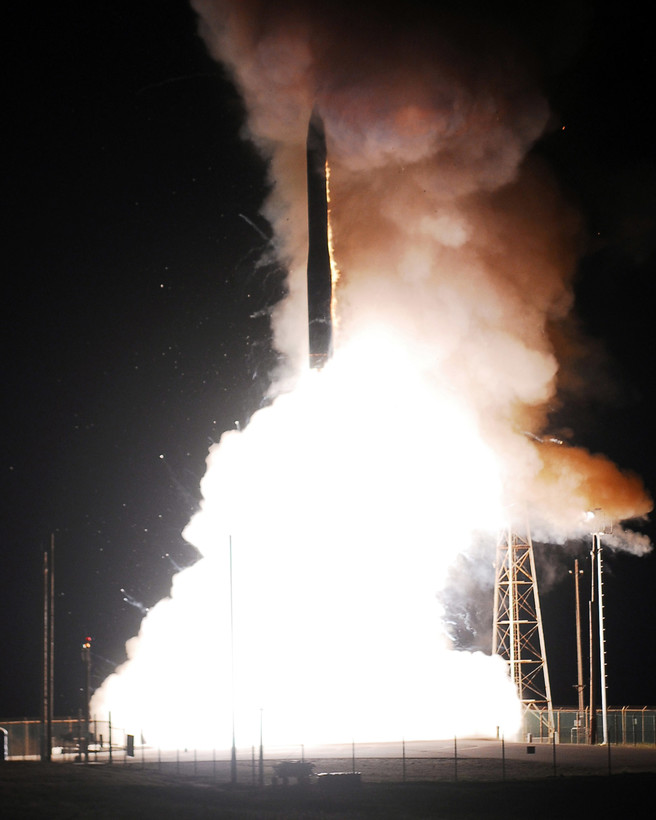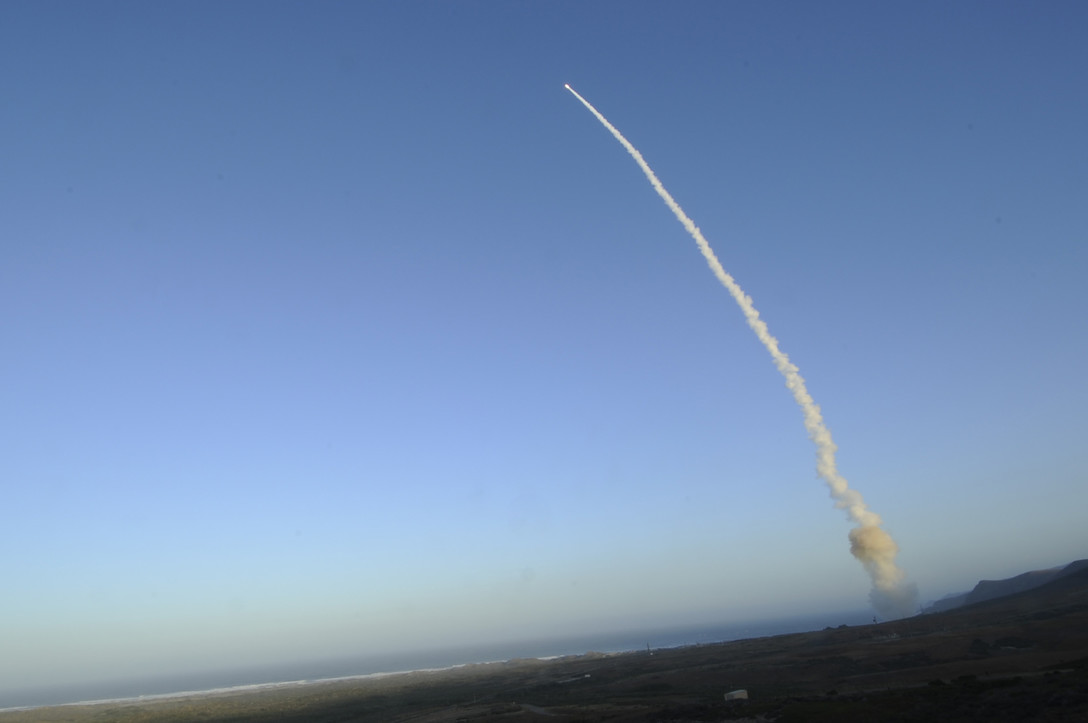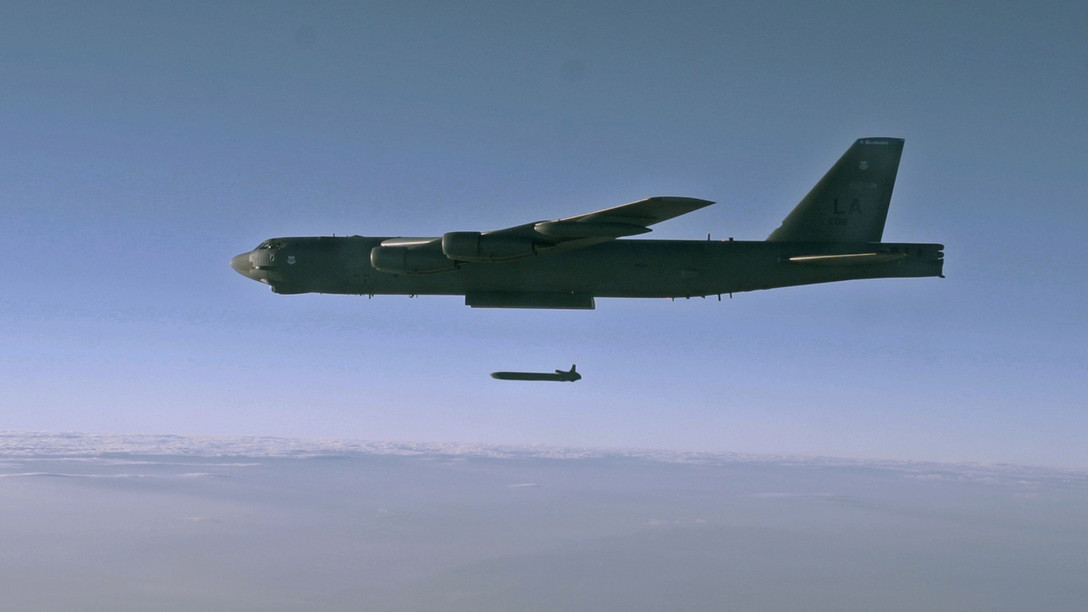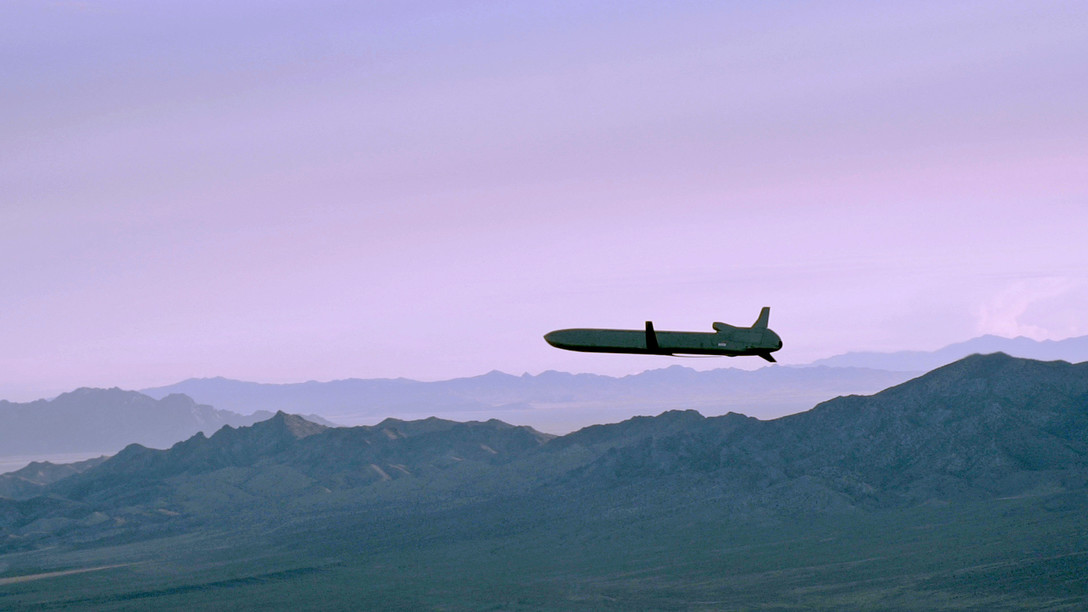
This will be my last post clearing out old articles on military topics, particularly on nukes. Will have a few more posts on new articles found will writing this series. Articles mentioned here:
- what countries have how many nukes
- history of U.S. triad and details of weapon systems over the years
- upgrade and modernization plans for U.S. inventory

Utopia, you are standing in it! – 4/12/15 – Who’s Got Nukes
Article provides a graph with data from 2014 of which countries have how many nukes, and when they tested their first one. Source cited is the Stockholm International Peace Research Institute.
| U.S. | 7,300 | 1945 |
| Russia | 8,000 | 1949 |
| UK | 225 | 1952 |
| France | 300 | 1960 |
| China | 250 | 1964 |
| India | 90-110 | 1974 |
| Pakistan | 100-120 | 1998 |
| Israel?? | 80?? | ?? |
| North Korea | 6-8 | 2006 |
Question marks on information for Israel are there because they neither confirmed or denied that they have any nukes.

Washington Post – 8/27/15 – Report: Pakistan’s nuclear arsenal could become the world’s third-biggest. Report from two think tanks guess that Pakistan could be building 20 nuclear warheads a year for the next decade.
Currently the estimated tally in the area is Pakistan has around 120 and India has around 100. Report speculates that in a decade Pakistan could have somewhere around 350. Projecting that forward to 2020 and my completely wild guess would be they may have somewhere around 200 warheads.
At the end of the article there is a comment that India has a policy of no-first-use. Pakistan has declined to adopt that position.

The nuclear secrecy blog – 7/15/16 – A brief history of the nuclear triad. Article provides great summary of how the three different legs of what we now call the “triad” developed. That is a concept that spreading nuclear weapons amongst three different basing platforms, bombers, land-based missiles, and submarine based missiles, creates a powerful deterrent for an opponent.
The article covers developments through about 1960. The article points out that the triad concept was not developed until well after the three different basing platforms were developed and deployed. That is intriguing. That the concept was not developed until after full deployment does not invalidate the concept. It provides a framework for understanding what happened and a framework for maintaining and developing each leg of the triad.
I will extract some of the interesting tidbits from the article on the bomber and missile components.
Here is a recap of the bomber force, reaching back to the B-17 for context. Unfortunately, the B-47, B-58, and B-1 are not listed.
| plane | in service | load | range |
| B-17 | 1938 | 4,500 | 2,000 |
| B-29 | 1944 | 20,000 | 3,250 |
| B-36 | 1948 | 72,000 | 3,985 |
| B-52 | 1955 | 70,000 | 4,480 |
| B-2 | 1997 | 40,000 | 6,000 |
Notice the rapid increase in bomb load and range from the B-17 to the B-29 and then again from the B-29 to the B-36 and B-52. Obviously the range amounts do not incorporate the capacity for in-flight refueling.

Another set of data is listed for missiles:
| Rocket | function | yield |
| Redstone | IRBM | 0.5-3.5 Mt |
| Atlas | ICBM | 1.44 Mt |
| Thor | IRBM | 1.4 Mt |
| Titan | ICBM | 3.75 Mt |
| Polaris | SLBM | 0.6 Mt |
| Minuteman | ICBM | 1.2 Mt |
Would be nice to see the range and deployment dates. Someday I’ll see if I can gather that information. CEP would be fascinating as well, if such data is in open source.

Economist – 1/23/16 – Cruise control. Article provides background on the one trillion dollars planned for updating, upgrading, and replacing the U.S. nuclear arsenal over the next 30 years.
A few of the plans:
- $25B – 1,000 new generation ALCMs, nuclear capable
- $140B – 12 new boomers, to replace 14 Ohio-class subs which will be wearing out in 2020s
- $62B – replace 400 ICBMs, or
- ~$20B – as alternative to replacement, upgrade 400 ICBMs to extend their life a few decades
- $10B – free fall B61-12 nuclear bomb, which will have directional control and dialable yield from 50 kilotons down to 0.3 kilotons, CEP estimated to be 30 meters/ 98 feet; this will replace 4 other weapons currently in service
- $55B – 100 B-3 bombers, in service 2025
So that shows replacement/upgrade to the bomber, ICBM, and SLBM parts of the triad.
Article points out that the trillion price tag spread over 30 years means that even at the peak of modernization efforts, which will be in 2027, nuke costs would be only 5% of the Pentagon’s budget.
